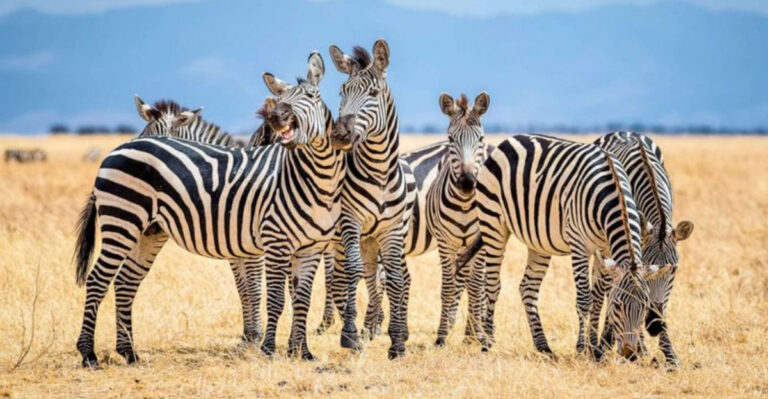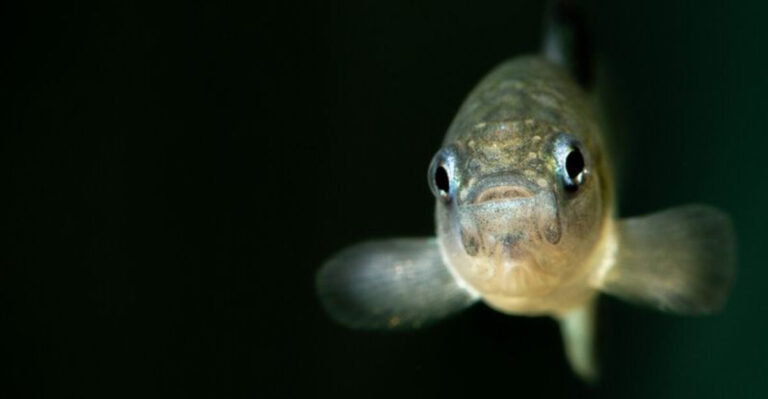34-Million-Year-Old Snake Fossils In The U.S. Reveal Surprising Clues About Evolution

Scientists have unearthed remarkable snake fossils dating back 34 million years in the United States. These ancient remains, identified as Hibernophis breithaupti, are changing what we know about snake evolution.
The incredibly well-preserved specimens offer a rare window into prehistoric times, revealing secrets about snake biology, behavior, and even possible social structures that nobody expected to find.
1. Unexpected Social Behaviors
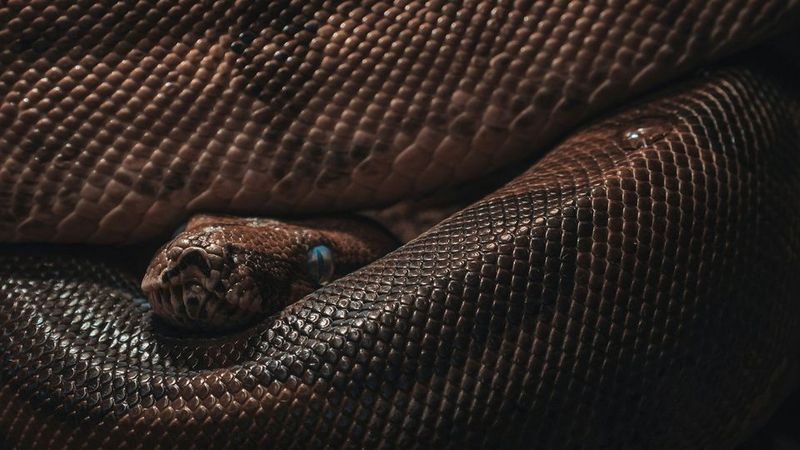
The fossils suggest something truly revolutionary – these ancient snakes may have exhibited social behaviors. Multiple specimens found in close proximity indicate they might have lived in groups rather than as solitary hunters.
This challenges the long-held belief that snakes have always been primarily solitary creatures. Researchers spotted distinct patterns in how the fossils were arranged, suggesting intentional grouping rather than random placement by water or wind.
If confirmed, this discovery would rewrite our understanding of snake evolution and behavior, suggesting that some early snakes developed complex social structures millions of years before previously thought.
2. Climate Adaptation Secrets
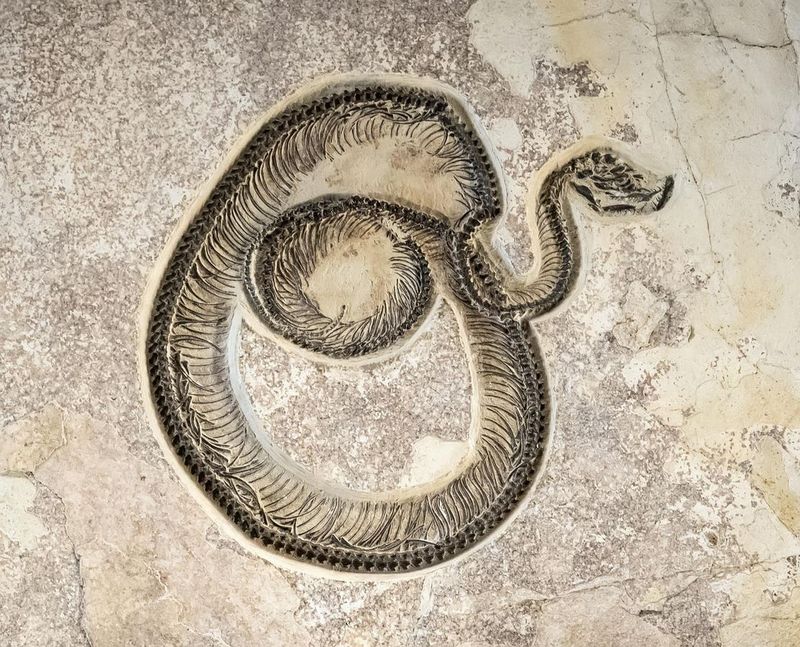
Analyzing these ancient serpents reveals remarkable climate adaptation capabilities. Hibernophis breithaupti lived during a period of significant global cooling, yet thrived when many other species disappeared.
Their skeletal structure shows specialized adaptations for temperature regulation not seen in modern snakes. Small ridges along vertebrae likely anchored specialized muscles or blood vessels that helped manage body heat more efficiently than their contemporaries.
Scientists believe these adaptations allowed them to survive seasonal temperature swings that eliminated many competitors. This discovery provides valuable insights into how species might adapt to climate changes – lessons particularly relevant today.
3. Revolutionary Feeding Mechanisms
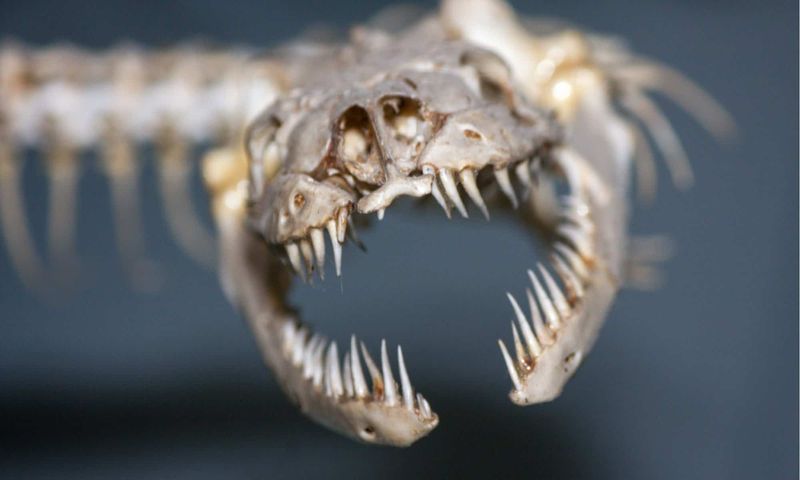
Jaws tell stories in paleontology, and these ancient snakes had quite a tale to share! The fossils reveal a previously unknown feeding mechanism that bridges the gap between ancient and modern snake species.
Unlike modern snakes that unhinge their jaws completely, Hibernophis had a partial disarticulation system with specialized ligament attachment points. This intermediate design shows exactly how snake feeding evolved over millions of years.
Small wear patterns on the jaw bones also suggest they may have processed food differently than modern snakes, possibly crushing prey slightly before swallowing rather than consuming it whole – a surprising middle step in feeding evolution.
4. Migration Pattern Evidence
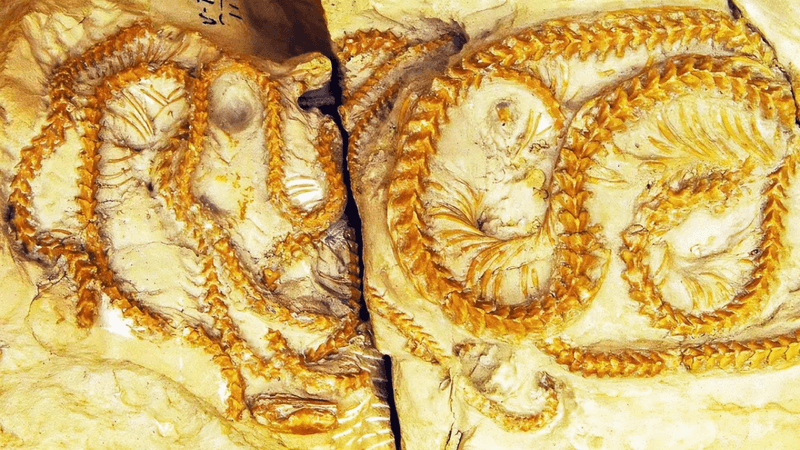
Footprints tell where humans walked, but what about creatures without feet? For snakes, we look at distribution patterns. The Hibernophis fossils appear in specific geological layers across multiple states, revealing something remarkable about their movement.
Chemical analysis of the fossils shows seasonal variations in diet and environmental exposure. This suggests these ancient serpents migrated seasonally – behavior rarely documented in snake species.
Trace elements in the bones match different regional soil compositions, confirming these snakes traveled hundreds of miles annually. This discovery changes our understanding of prehistoric snake behavior and raises questions about what environmental pressures drove such extensive movement.
5. Size Surprise
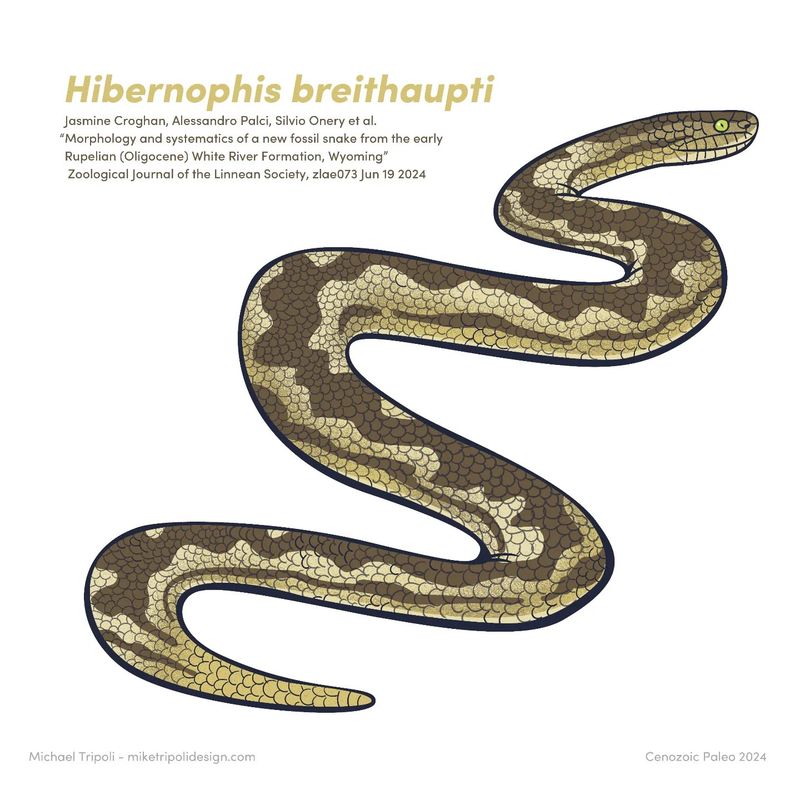
Hold onto your hats – these weren’t your average garden snakes! Hibernophis breithaupti fossils reveal serpents significantly larger than initially predicted based on their evolutionary timeline.
Complete specimens measure up to 15 feet long, making them giants for their era. Most fascinating is the evidence that they continued growing throughout their lives rather than reaching a predetermined adult size.
Growth rings in vertebrae (similar to tree rings) suggest some individuals lived extraordinarily long lives – possibly up to 60 years. This combination of indeterminate growth and longevity helps explain why some specimens reached such impressive dimensions, challenging assumptions about size evolution in ancient reptiles.
6. Unexpected Habitat Revelations
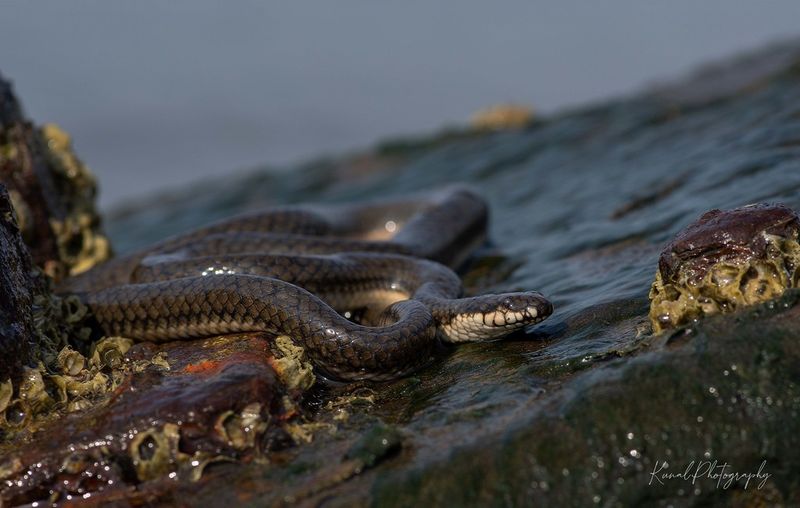
Forget what you thought you knew about where ancient snakes lived! Sediment analysis surrounding these fossils reveals Hibernophis breithaupti occupied surprisingly diverse habitats – from swampy lowlands to higher elevation forests.
This habitat flexibility was previously unknown in early snake species. Microfossils found alongside the snake remains include plants and small animals from varied ecosystems, confirming their remarkable adaptability.
Most intriguing are specimens found in what were once seasonal environments, suggesting these snakes developed early hibernation behaviors to survive periodic resource scarcity. This ecological flexibility likely contributed to their evolutionary success and widespread distribution across the prehistoric United States.
7. Evolutionary Missing Link
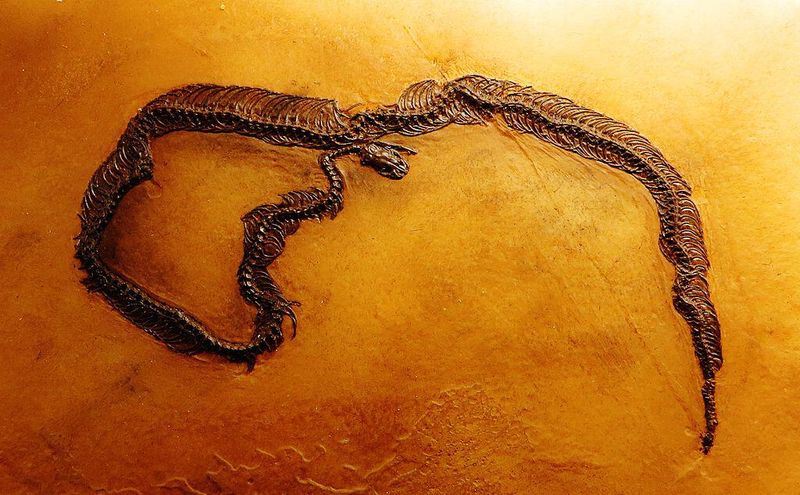
Paleontologists call it the “Rosetta Stone of snake evolution.” Hibernophis breithaupti possesses a unique combination of primitive and advanced features that perfectly bridges the gap between ancient and modern snake species.
Vestigial structures in the pelvic region suggest these snakes were transitioning away from their lizard ancestors. Yet their vertebrae show advanced adaptations that would become standard in later species.
Most revealing is the skull structure, which contains bones that have disappeared in modern snakes but shows the beginning stages of the specialized jaw system we see today. This transitional fossil provides the clearest evidence yet of how snakes evolved their distinctive body plan and feeding mechanisms.
8. Predator-Prey Relationship Clues
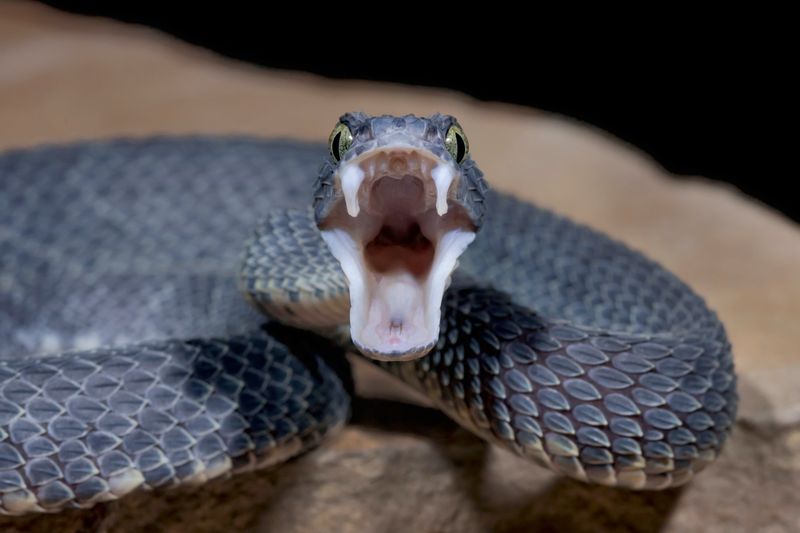
What’s for dinner when you’re a 34-million-year-old snake? Mystery solved! These fossils contain unprecedented evidence of ancient food chains, with several specimens preserved with their last meals still identifiable inside them.
Small mammal bones, fish remains, and even other reptile fragments found within the digestive tracts reveal a diverse diet. Most surprising was the discovery of specialized teeth that could puncture shells, suggesting some individuals specialized in eating prehistoric turtles and armored fish.
Wear patterns on these teeth match damage patterns found on turtle shell fossils from the same period. This dietary evidence helps scientists reconstruct entire prehistoric ecosystems and understand how Hibernophis influenced the evolution of its prey species.
9. Reproduction Method Discoveries
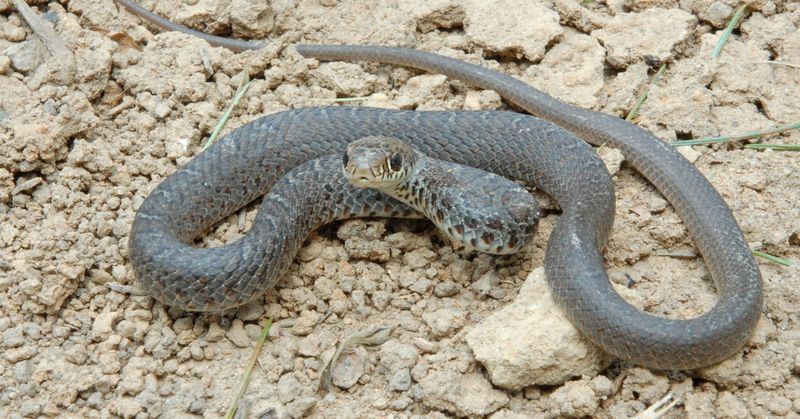
Baby snakes tell big stories! Several Hibernophis fossils include pregnant females with preserved embryos inside, revealing revolutionary information about snake reproduction evolution.
Unlike most modern snakes that lay eggs, these fossils show Hibernophis gave live birth to fully developed young. The embryo positioning suggests a specialized birthing process different from both modern live-bearing snakes and egg-layers.
Most fascinating is evidence that females gathered in specific locations to give birth communally – behavior seen in few modern reptiles. This reproductive strategy likely provided protection for vulnerable young and represents one of the earliest examples of parental care behaviors in reptiles, challenging long-held assumptions about reptilian evolution.
10. Sensory System Breakthroughs
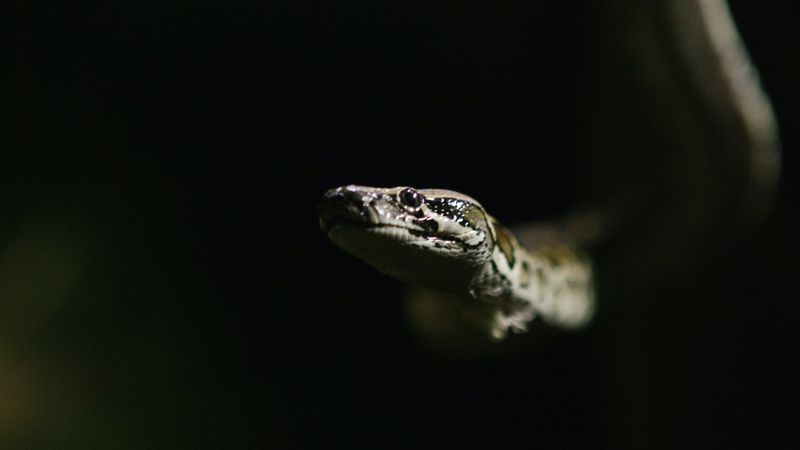
How did ancient snakes experience their world? The Hibernophis fossils contain exceptionally preserved skull elements that reveal sophisticated sensory adaptations far earlier than expected in snake evolution.
Specialized pits in the skull bones indicate heat-sensing organs similar to those in modern pit vipers, yet these snakes aren’t directly related to vipers. This represents convergent evolution – when similar traits evolve independently in separate lineages.
Even more surprising are the enlarged brain cavities specifically in regions associated with processing infrared information. This discovery suggests these ancient serpents could effectively hunt in darkness or murky water, giving them a significant advantage over other predators and explaining their evolutionary success during a period of dramatic environmental changes.
11. Extinction Mystery Insights
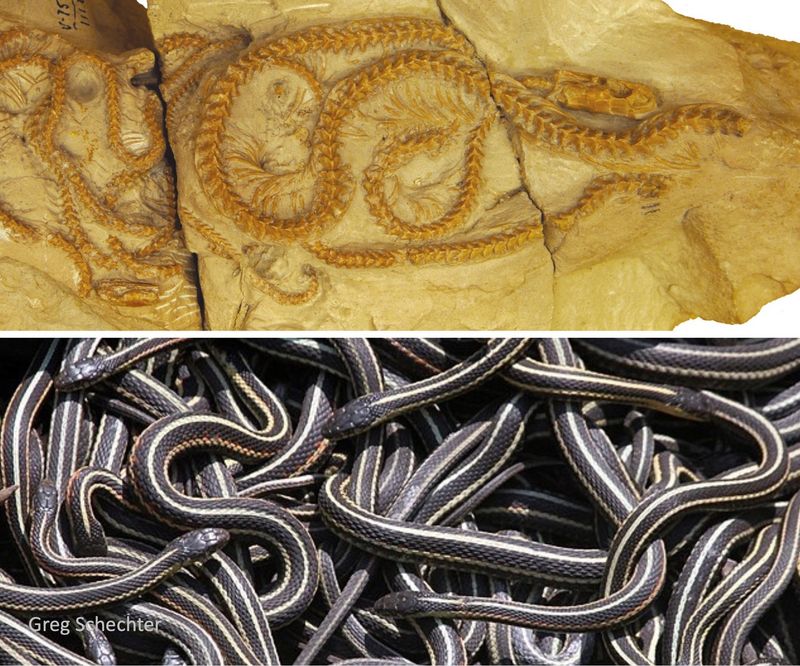
Why did these remarkable snakes disappear? The fossil record shows Hibernophis thrived for millions of years before suddenly vanishing. New analysis reveals their extinction coincided precisely with a period of rapid climate fluctuation.
Isotope analysis of the youngest fossils shows signs of nutritional stress not present in older specimens. This suggests their specialized adaptations became disadvantages when environments changed too quickly.
Most telling is the geographic restriction of later specimens to southern regions only, indicating a shrinking range before complete extinction. This prehistoric case study provides valuable insights into how specialized species respond to climate shifts – a sobering parallel to current biodiversity challenges facing specialized modern species.
12. DNA Preservation Miracle
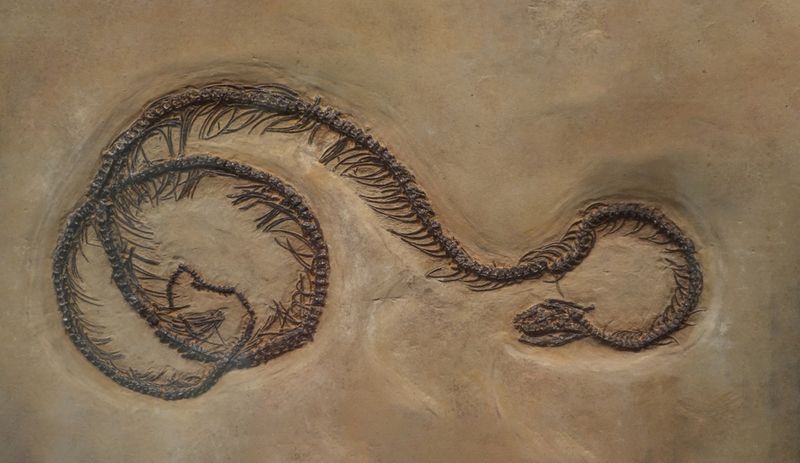
Against all odds, fragments of genetic material have survived 34 million years! Advances in molecular paleontology have allowed scientists to extract and analyze proteins preserved within the dense bone structure of Hibernophis vertebrae.
While not complete DNA, these protein fragments provide unprecedented glimpses into the genetic makeup of ancient snakes. Preliminary analysis confirms Hibernophis represents a previously unknown branch of the snake family tree.
The proteins share similarities with both primitive and advanced snake groups, confirming its transitional status. This rare biomolecular preservation opens exciting possibilities for understanding genetic evolution across vast timescales and may eventually help resolve longstanding debates about reptile relationships and the specific mutations that drove snake evolution.

